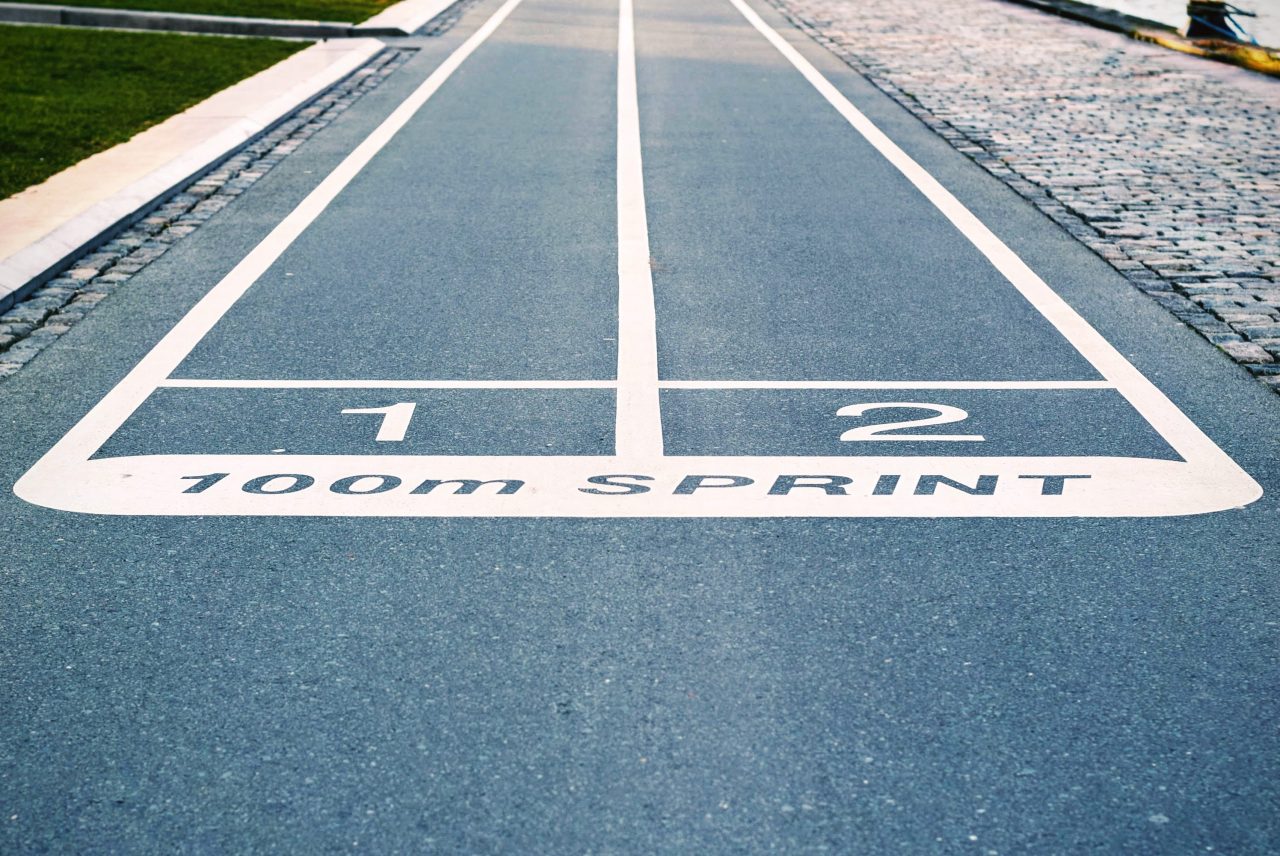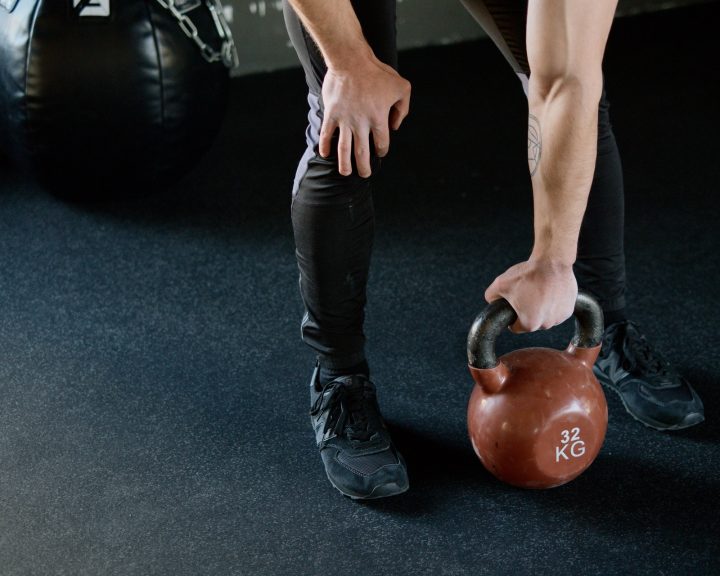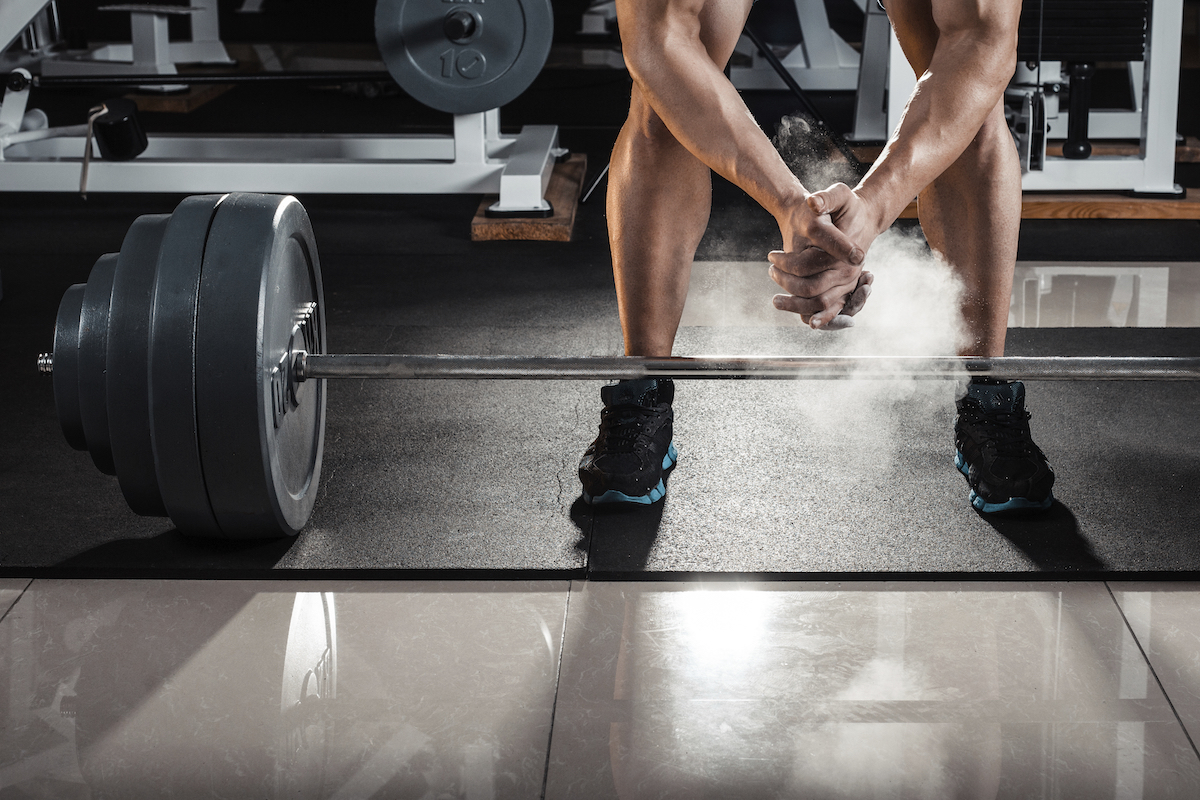Speed for sports: Resisted sprints
Resisted sprints are tools to make the sprinting motion more difficult. Think of these as sprint-specific strength training. The idea is that by using these the athlete learns to recruit more motor units and muscle fibers while sprinting which can then transfer over to a non-resisted sprinting situation, resulting in a faster athlete.
There are some important guidelines when using resisted sprints. First, the athlete needs to be able to do them with good technique. This is important because failing to do this can result in poor technique carrying over to sprinting without resistance. Second, we don’t want the athlete to slow down by more than 10%. Again, part of this is technique part of this is teaching the athlete to run slow. Keep in mind that when we run fast our limbs move faster, our coordination patterns are different, we produce more force against the ground, etc. Third, the athlete needs to have a sprinting foundation before using this tool – these are advanced exercises and without the foundation they can be counter-productive. Finally, the athlete needs to be built up to them. Randomly throwing these into a training program is going to result in injured athletes and is not going to produce the desired adaptations.
Common resisted sprinting tools (each of these will be covered in more detail in the future):
- Running uphill: The act of running uphill makes the sprinting motion more difficult.
- Partner sprinting: The sprinting athlete is connected to a partner whose weight provide resistance.
- Sleds: Sleds that are pushed or dragged. Allow for a variety of weight to be used.
- Tubing: Athlete is attached to a tube that is connected to something that won’t move (like a goal post). Tube provides resistance as it is stretched out.
- Parachutes: The parachute inflates as the athlete runs, providing resistance.
All of these tools require special equipment, except running uphill. However, running uphill requires easy access to a hill of the proper height and grade. Very few of these tools are going to be conducive to a large number of athletes exercising at one time. Due to their cost these are going to be best with smaller groups of athletes. For example, using sleds with an entire football team is impractical, but they could be used with the one position group at a time…




